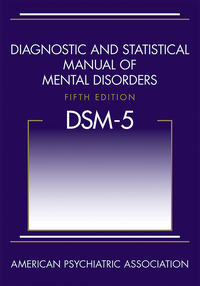
Photo from wikipedia
The process of finding a diagnosis in the medical domain relies on implicit knowledge and the experience of a human expert. In this article, we report on the observation of… Click to show full abstract
The process of finding a diagnosis in the medical domain relies on implicit knowledge and the experience of a human expert. In this article, we report on the observation of human decision making, shown by the example of pathology. By tracking the diagnostic steps, individual building blocks are identified, which not only contribute to a diagnostic finding, but can also be used in the future to train and develop artificial intelligence (AI) algorithms. This work also provides insights into the interaction of human experts regarding the observation time of so-called “hot spots,” the magnification used for specific findings, and the overall observation and decision path followed. The documentation scheme yields a standardized examination procedure that shows the concept the pathologist is actually looking for as well as the possible features of findings that can be identified. This contribution indicates how important visualization is for human-centered AI, and specifically for enabling human oversight with respect to AI implementation in high-stake areas, such as medicine.
Journal Title: IEEE Computer Graphics and Applications
Year Published: 2022
Link to full text (if available)
Share on Social Media: Sign Up to like & get
recommendations!